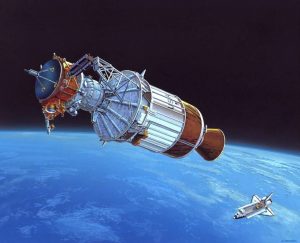- This topic is empty.
-
AuthorPosts
-
24/10/2023 at 15:09 #1065
Laser printers have revolutionized the printing industry with their remarkable speed, precision, and superior print quality. At the heart of this technological marvel lies the laser, a crucial component responsible for transferring text and images onto paper. In this forum post, we will delve into the depths of a laser printer to uncover the precise location and significance of the laser, shedding light on its role in the printing process.
1. The Laser Assembly:
The laser assembly in a laser printer is typically situated near the top of the printer, above the paper feed mechanism. It consists of several key components, including the laser diode, mirrors, lenses, and a rotating polygon mirror.2. Laser Diode:
The laser diode is the primary source of the laser beam in a laser printer. It emits a highly focused and intense beam of light, typically in the infrared spectrum. This invisible laser beam is then redirected and manipulated by the other components within the laser assembly.3. Mirrors and Lenses:
The laser beam emitted by the diode is directed towards a series of mirrors and lenses. These optical elements help shape and focus the laser beam, ensuring precise positioning and accurate printing. The mirrors reflect the laser beam at specific angles, while the lenses refine its focus, enabling it to form a sharp image on the photosensitive drum.4. Photosensitive Drum:
The photosensitive drum, also known as the imaging drum, plays a vital role in the laser printing process. It is coated with a photosensitive material that becomes electrically charged when exposed to the laser beam. The laser selectively discharges areas on the drum corresponding to the image or text to be printed.5. Electrostatic Attraction:
Once the photosensitive drum is charged, it rotates and passes near a toner cartridge. The toner, a fine powder composed of pigments and plastic particles, is attracted to the discharged areas on the drum due to electrostatic forces. This forms the desired image or text on the drum’s surface.6. Transfer and Fusing:
As the paper passes through the printer, it comes into contact with the photosensitive drum. The toner particles are transferred from the drum onto the paper, creating a temporary image. To permanently fuse the toner onto the paper, heat and pressure are applied in the fusing unit, resulting in a high-quality printed output.Conclusion:
The laser in a laser printer is a critical component that enables precise and efficient printing. Situated within the laser assembly, it emits a focused beam of light, which is manipulated by mirrors and lenses to form an image on the photosensitive drum. Through the process of electrostatic attraction and fusing, the image is then transferred onto the paper, resulting in a high-quality printout. Understanding the intricate placement and functioning of the laser in a laser printer enhances our appreciation for the advanced technology behind this indispensable device. -
AuthorPosts
- You must be logged in to reply to this topic.


